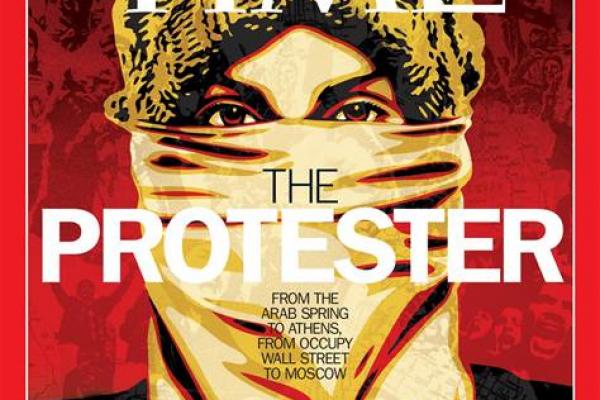Dec 14, 2011
I love seeing who is chosen as TIME Magazine’s Person of the Year.
But sometimes TIME's honoree is not just a “Person.” Sometimes it’s “Persons” or even a thing.
Sometimes it’s the biggest news story of the year. Sometimes it encapsulates the zeitgeist, global urgings, or our collective mood.
This time around, it’s all of those things: A person, a group, a zeitgeist, a news story.
According to TIME, 2011 is the year of “The Protester.”
Read the Full Article

Already a subscriber? Login
